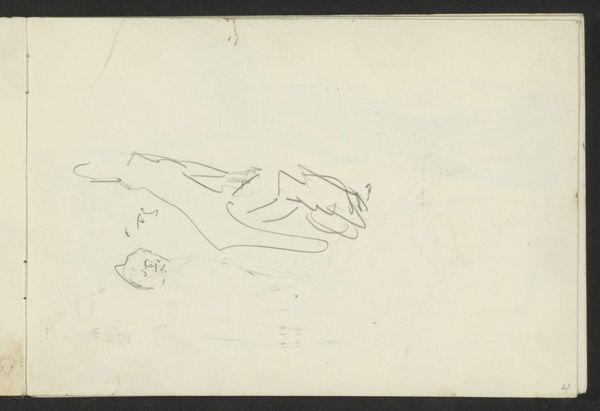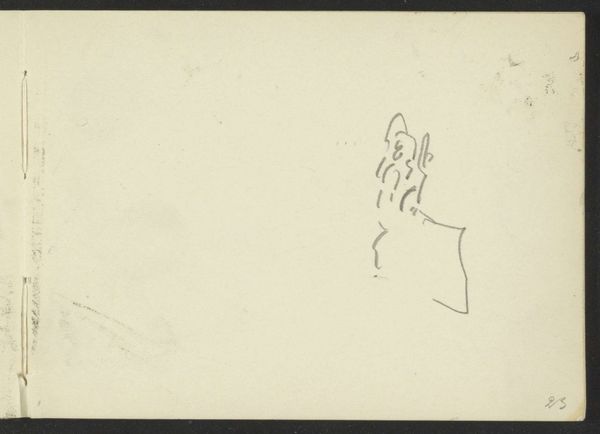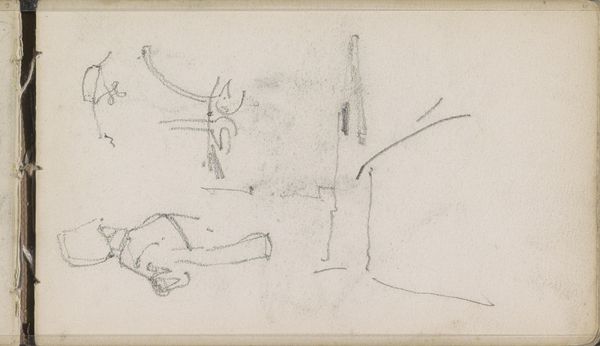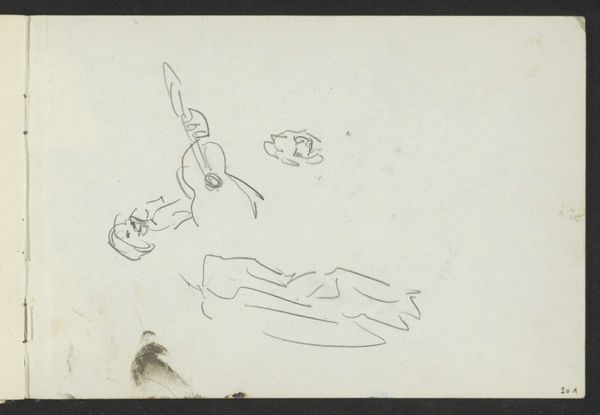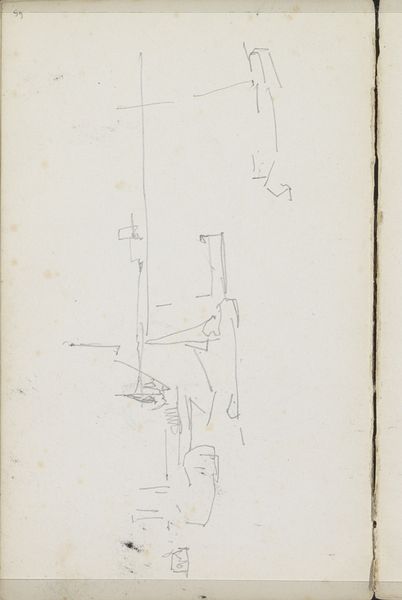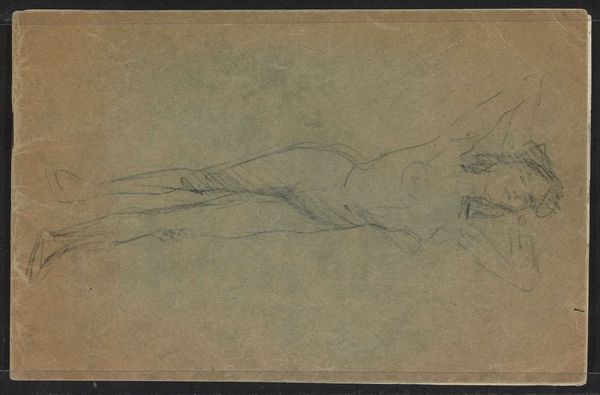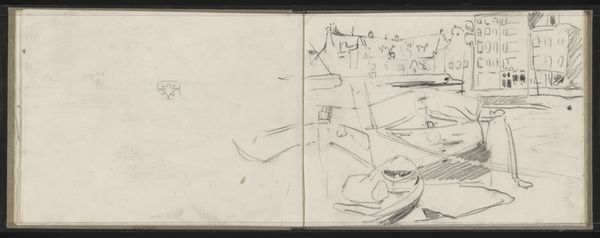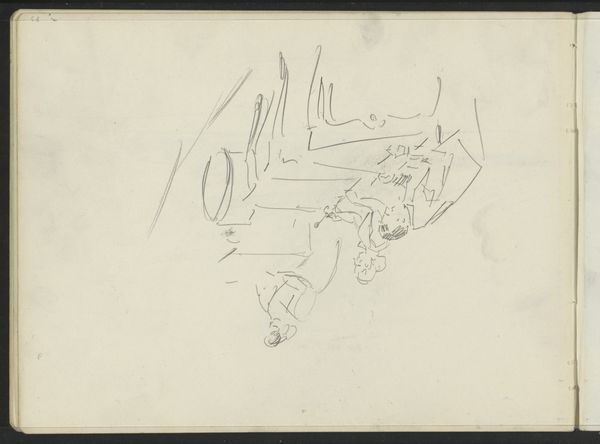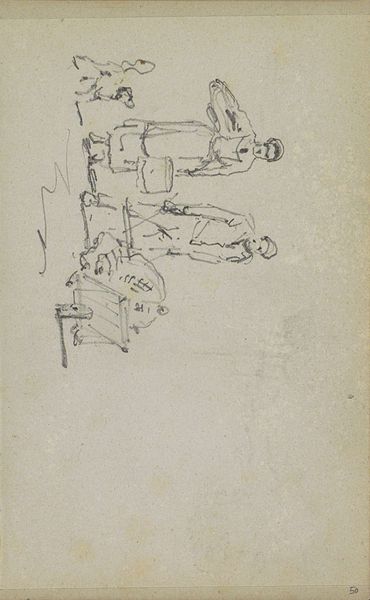
drawing, pencil
#
drawing
#
dutch-golden-age
#
pen sketch
#
pencil
#
line
#
cityscape
#
realism
#
building
Dimensions: height 194 mm, width 136 mm
Copyright: Rijks Museum: Open Domain
Curator: What a deceivingly simple piece. Willem Witsen's "Twee verhoogde halsgevels," likely sketched between 1870 and 1923, captures two elevated gable facades. The medium? A humble pencil on paper, a testament to accessible art production. Editor: It’s evocative, wouldn't you say? A rather ghostly, fleeting impression of Amsterdam. The stark lines create a strong sense of depth, despite the work's sketch-like quality. The contrast between the blank space and the detail of the gables really pulls the eye. Curator: Precisely. Consider Witsen's position. As part of the Amsterdam Impressionism movement, he documented the rapid modernization of the city. These gables weren’t just architectural features; they were products of a specific economic and social climate, of burgeoning trade and merchant wealth finding expression in the cityscape. Who commissioned these elaborate structures? How did the artisans’ labor shape Amsterdam's identity? Editor: That's a perspective! I was immediately drawn to the interplay of forms, how the curvature of the gables offsets the harsh angles of the architecture around them. Look at the craftsmanship suggested by the lines! The eye travels along these contours and discovers balance and rhythm. What strikes me most is the composition and its semiotic weight in the drawing's creation of meaning and interpretation. Curator: Yet that supposed balance masked inequalities. The materials used in those facades – the bricks, the ornamentation – were often sourced through exploitative labor practices. Art, in this case, provides a glimpse into those relationships of power and resource. Editor: A good point. The building facades definitely appear to hide more that the sketch currently conveys. Curator: Indeed. What’s left unsaid – the untold stories of labor, resource extraction, and the hidden costs of this architectural aesthetic is far greater, and something to reflect on as you walk around Amsterdam. Editor: And as a testament to Witsen's hand, and as you walk through Amsterdam take another glimpse and pause with the geometry of history.
Comments
No comments
Be the first to comment and join the conversation on the ultimate creative platform.
